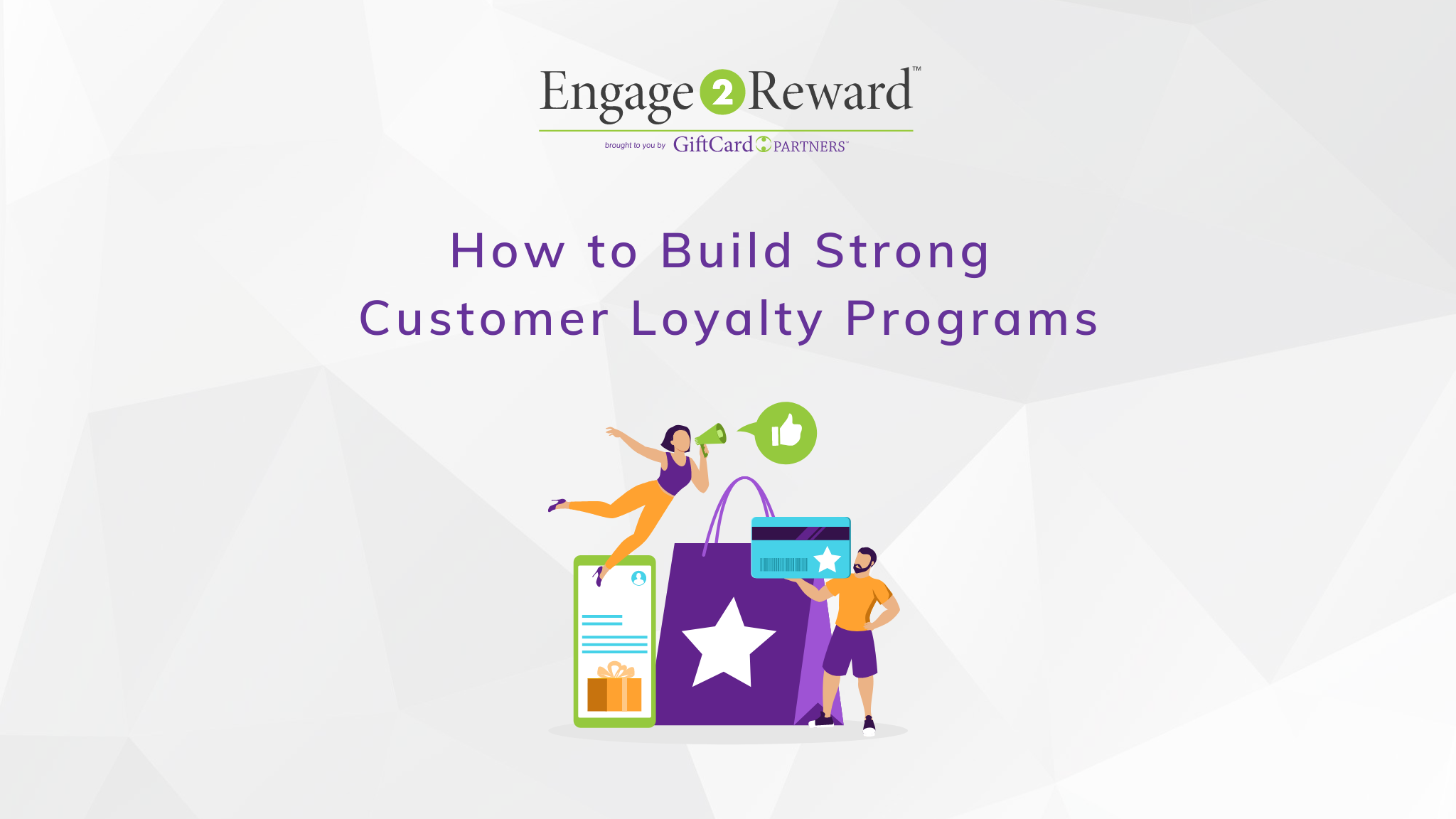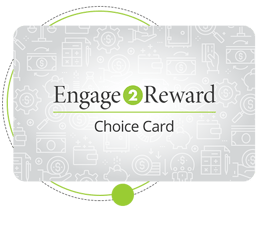Did you know that acquiring a new customer can cost five times more than retaining an existing one? This is what makes customer loyalty programs so crucial to organizational success. In this article, we will dive into strategies for creating a loyalty program that resonates with your customers and drives value for your business. Whether you’re starting a program from scratch or looking to improve an existing one, these tips and insights can help you develop an effective customer loyalty program.
1. Define Your Goals
Defining your goals is the only way to create a customer loyalty program that specifically works for your organization. It’s impossible to measure your progress if your goal isn’t specified. Here are some specific ideas to consider when defining your goals:
- Align with business objectives: Your loyalty program should align with your business goals, such as increasing sales, customer retention, or referrals.
- Meet customer needs: Your program should meet the needs of your customers by offering rewards that incentivize repeat business, referrals, or social media engagement.
- Measure program effectiveness: Defining specific targets for your program allows you to track and measure its effectiveness, make data-driven decisions, and make changes as needed.
Defining your goals is key to creating a loyalty program that aligns with your business objectives and meets the needs of your customers. By setting specific targets and measuring your progress, you can ensure that your program is effectively driving value for your business.
2. Study Current Customers
To create a customer loyalty program that resonates with your target audience, it's essential to study your current customers. Although targeting your ideal customer is a worthwhile ambition, studying current customers can tell you a lot about how your brand is attracting and maintaining them. Here are some reasons why this is important:
- Understanding customer needs: By analyzing your customers' behaviors, preferences, and pain points, you can gain insights into what motivates them to engage with your business. This understanding allows you to create a loyalty program that meets their specific needs and preferences.
- Identifying high-value customers: Studying your current customers helps you identify your most loyal and profitable customers. These customers are the ones who are most likely to engage with your loyalty program and recommend your business to others.
- Developing customer personas: By creating customer personas based on your current customers' characteristics, you can better understand their motivations, interests, and behaviors. This information helps you tailor customer loyalty programs to specific customer segments.
Studying your current customers is essential for creating a customer loyalty program that resonates with your target audience. By gaining insights into their needs and behaviors, identifying high-value customers, and developing customer personas, you can create a program that drives engagement, retention, and referrals.
3. Provide Consistently Great Service
One would think this would go without saying, but providing consistently great service is still quite rare. Take some time to reflect on your current practices and consider how you might improve them to be more consistent and satisfying to your customers. Here are a few reasons why this is important:
- Builds trust and loyalty: Of course, customers are more likely to remain loyal to businesses that consistently provide excellent service. When customers trust your business and have a positive experience, they are more likely to engage with your loyalty program and continue doing business with you.
- Encourages positive word-of-mouth: Providing consistently great service can also encourage customers to share their positive experiences with others. This can result in increased referrals, which can help grow your customer base and expand your business.
- Creates a competitive advantage: In today's competitive marketplace, businesses that provide consistently great service have a significant advantage. A strong reputation for quality service can differentiate your business from competitors and attract new customers. There’s nothing that can replace it.
Providing consistently great service is essential to creating a successful customer loyalty program. By building trust and loyalty, encouraging positive word-of-mouth, and creating a competitive advantage, you can create a program that resonates with your customers and drives value for your business.
4. Choose the Right Rewards
It’s worth being thoughtful about the rewards you choose based on your particular customers. Think about what they want, what they need, and what interests them. Here are some reasons why choosing the right rewards is a crucial component of any successful customer loyalty program:
- Incentivizes behavior: Rewards are the key incentive that encourages customers to engage with your loyalty program. By choosing rewards that align with your customers' interests and needs, you can motivate them to take the desired actions, such as making a purchase or referring a friend.
- Reinforces brand loyalty: The right rewards can also reinforce brand loyalty by providing customers with a positive experience that is associated with your business. This can encourage them to continue doing business with you, even if other options are available.
- Offers flexibility: Providing a variety of reward options, including gift cards, allows customers to choose the reward that best meets their needs. This flexibility increases the perceived value of the program and encourages participation.
Gift cards are an excellent reward option for customer loyalty programs. They offer flexibility, as customers can use them to purchase a variety of products or services. Additionally, they reinforce brand loyalty, as customers are reminded of your business every time they use the gift card. The Engage2Reward™ Choice Card, for example, is easy to distribute and track, making it a convenient reward option for both customers and businesses.
5. Make It Easy to Join
Making it easy for customers to join your loyalty program is one way to dramatically increase its success. Here are some reasons why it’s useful:
- Reduces friction: If the sign-up process for your loyalty program is too complicated or time-consuming, customers may be less likely to participate. By making it easy to join, you reduce friction and make it more likely that customers will engage with your program.
- Increases participation: When it's easy to join your program, more customers are likely to participate. This can help you grow your customer base and increase engagement with your business.
- Provides a positive experience: A smooth sign-up process can provide customers with a positive experience that is associated with your business. This can encourage them to remain loyal to your brand and continue engaging with your program.
To make it easy for customers to join your loyalty program, it’s best to simplify the sign-up process as much as possible. This can include offering online sign-up forms, minimizing the amount of information required to join, and providing clear instructions on how to join. You may also consider offering incentives for joining, such as a sign-up bonus or a gift card. This can encourage customers to participate and can provide an immediate benefit that reinforces the value of your program.
6. Measure Success and Adjust Accordingly
A customer loyalty program is rarely a “set it and forget it” program. Measuring its success can help ensure its effectiveness over time. Here are some ways it improves your chances:
- Identifies areas for improvement: By analyzing the data from your loyalty program, you can identify areas that may need improvement. For example, if participation is low, you may need to adjust your rewards or marketing strategies.
- Helps you make data-driven decisions: When you measure the success of your loyalty program, you have data that you can use to make informed decisions about its future direction. This can help you make changes that improve its effectiveness and drive value for your business.
- Ensures ROI: Measuring the success of your loyalty program can help you determine its ROI. By tracking the revenue generated by your program against its costs, you can determine whether it's worth continuing to invest in the program.
To measure the success of your loyalty program, establish specific metrics to track, such as participation rates, redemption rates, and revenue generated. You can then use data analysis tools to analyze this information and identify areas for improvement. Based on the data you collect, you can make adjustments to your program, such as changing rewards or communication strategies, to improve its effectiveness.
Conclusion
A successful customer loyalty program is a valuable asset for any business. Remember that a loyalty program is not a one-size-fits-all solution, and it's important to tailor your program to your specific business goals and customer needs. By incorporating these strategies and continuously adjusting your program as needed, you can create a loyalty program that inspires engagement, builds loyalty, and drives revenue. So, start implementing these tips and insights, and watch your customer loyalty program succeed.










